4. Horn types and tunings
Over the course of several centuries, three main types of horns were developed that are still in widespread use today. Which one is the right horn for you depends on your musical taste and the type of ensemble you’ll be playing in. Last, but not least, it also depends on your budget.
The F horn
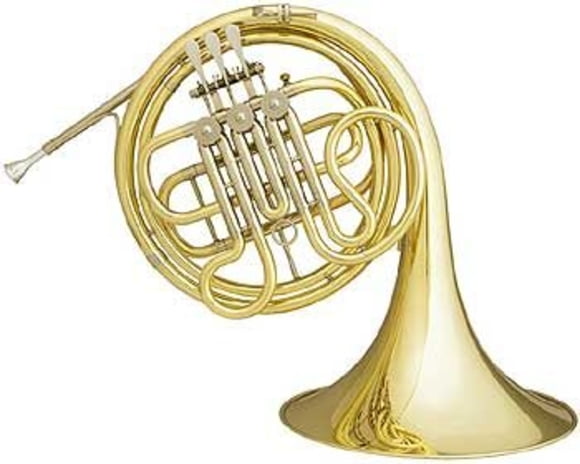
After the valves were invented, the F horn became the dominant type in orchestral settings. It can be described as the mother of modern valve horns. It has a tube length of about 3.86 m. Some F horns are available with an Eb slide, which lowers the fundamental pitch of the instrument by a whole step.
The Bb horn
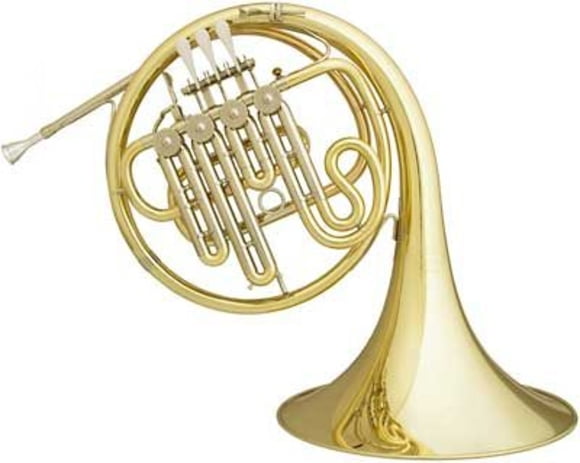
In order to be able to reach the higher range more comfortably, shorter horns tuned in Bb ware developed shortly after the invention of the valve horn in F. Their tube is about 1 m shorter than an F horn, coming in at a length of about 2.86 m. The fundamental pitch is a fourth higher than an F horn.
The double horn in F/Bb – two instruments in one
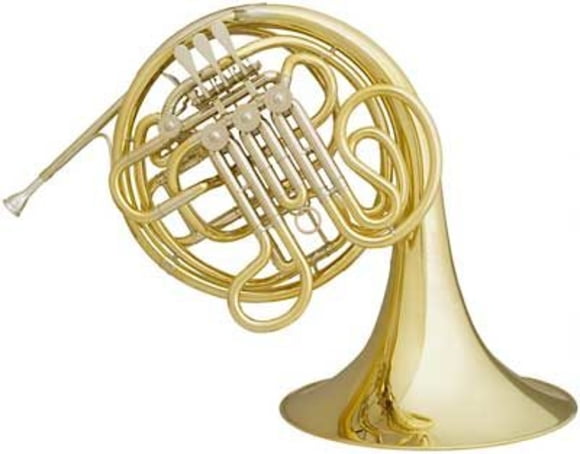
Betrachten wir uns noch einmal kurz die geschichtliche Entwicklung des Horns:
Looking back at the historical development of the horn, the F tuning was the only option at the end of the 18th century. The Bb horn enabled hornists to reach higher notes. These horns were shorter than F horns and made it easier to play in the high range. In 1897, both tunings were combined in the double horn (F/Bb or Bb/F). This innovation opened up a wide variety of new fingerings. A fourth valve lets you switch between the F and Bb tunings, which makes the double horn a very versatile instrument. Double horns are available from many leading manufacturers.
Special types
Triple horns
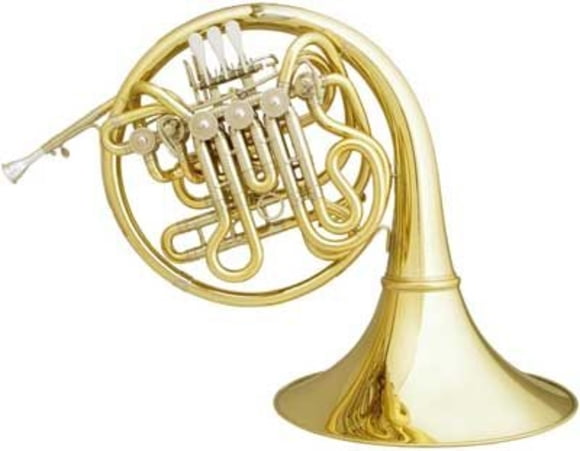
In 1970, the triple horn was invented, which adds the high F tuning to the double horn. Triple horns have one or two main switch valves for the tunings low F / Bb / high F. While the single horn offers eight possible fingerings (including the open position), the double horn offers sixteen and the triple horn 24. While the triple horn is the most expensive instrument in the horn family, this is easily justified by its versatility and possible playing techniques.
Vienna horn
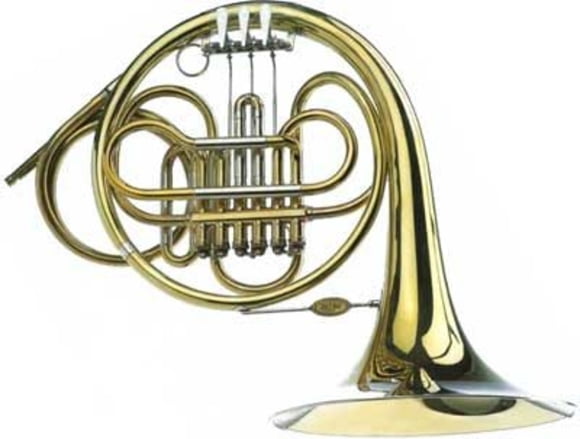
The Vienna horn is basically an invention horn (a horn with detachable crooks in the main tube) that has been equipped with pump valves. It is considered a very traditionally-minded horn instrument, which is still in use today in the Vienna Philharmonic Orchestra. Due to its unique sound characteristic, horn players in the Vienna Philharmonic are expected to play the Vienna horn. The crook serves to improve the structural integrity and handling of the instrument. Pushing it in or pulling it out allows for a tuning correction of up to a half step. Vienna horns were first developed in the 19th century.
One instrument fits all?
No matter if a hornist plays a double horn, a horn in F or Bb or a triple horn: Not everyone is able to utilize the instrument’s features to their full potential. Depending on the required range, hornists choose the appropriate instrument for the key and pick the simplest fingerings that allow for a clean execution of quick runs and a coherent sound. It’s definitely possible to play a piece written for Bb horn on an F horn, and vice versa. But the player will need to transpose the part accordingly.
Your Contacts
Product Highlights
Offers
-
Bb French Horns
-
F French Horns
-
Double French Horns
-
French Horn Mutes
-
French Horn Mouthpieces
Recommended categories
Do you like what you're seeing?






